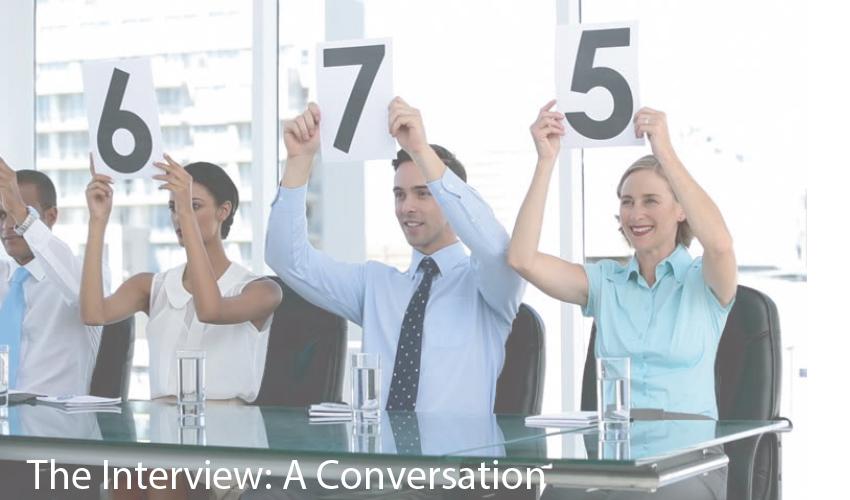
Join UTSOA's Career Services as we discuss different aspects of the interview process: preparation, follow-up, and the in-between.
Your interview should be a conversation, we're going to tell you why.
April 19 @ 11am
Sutton 3.112 (Blue Chair Room)
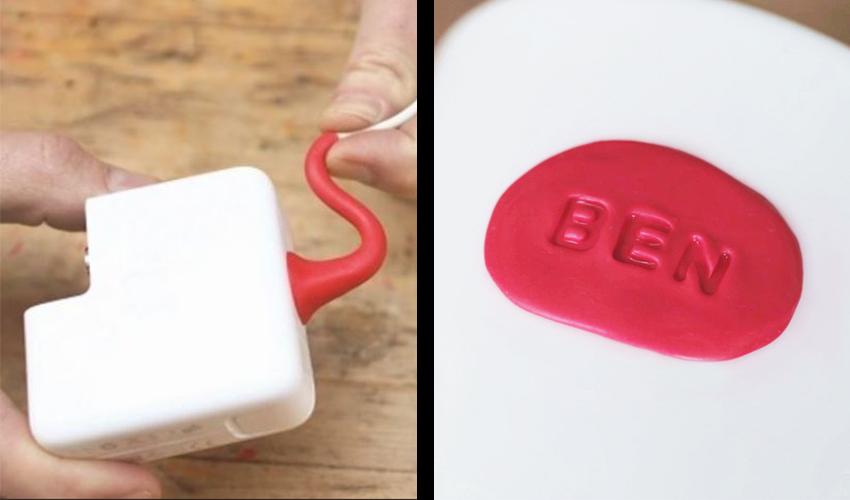
Learn about Sugru, the world’s first moldable glue. Developed by Jane Ní Dhulchaointigh while studying at the Royal College of Art, Sugru is named after the Irish word for play, súgradh. Sugru's mission is to reduce waste by allowing anyone to fix, make, and improve their belongings. Sugru reacts at room temperature, crosslinking into strong, flexible, and tactile silicone rubbers overnight.
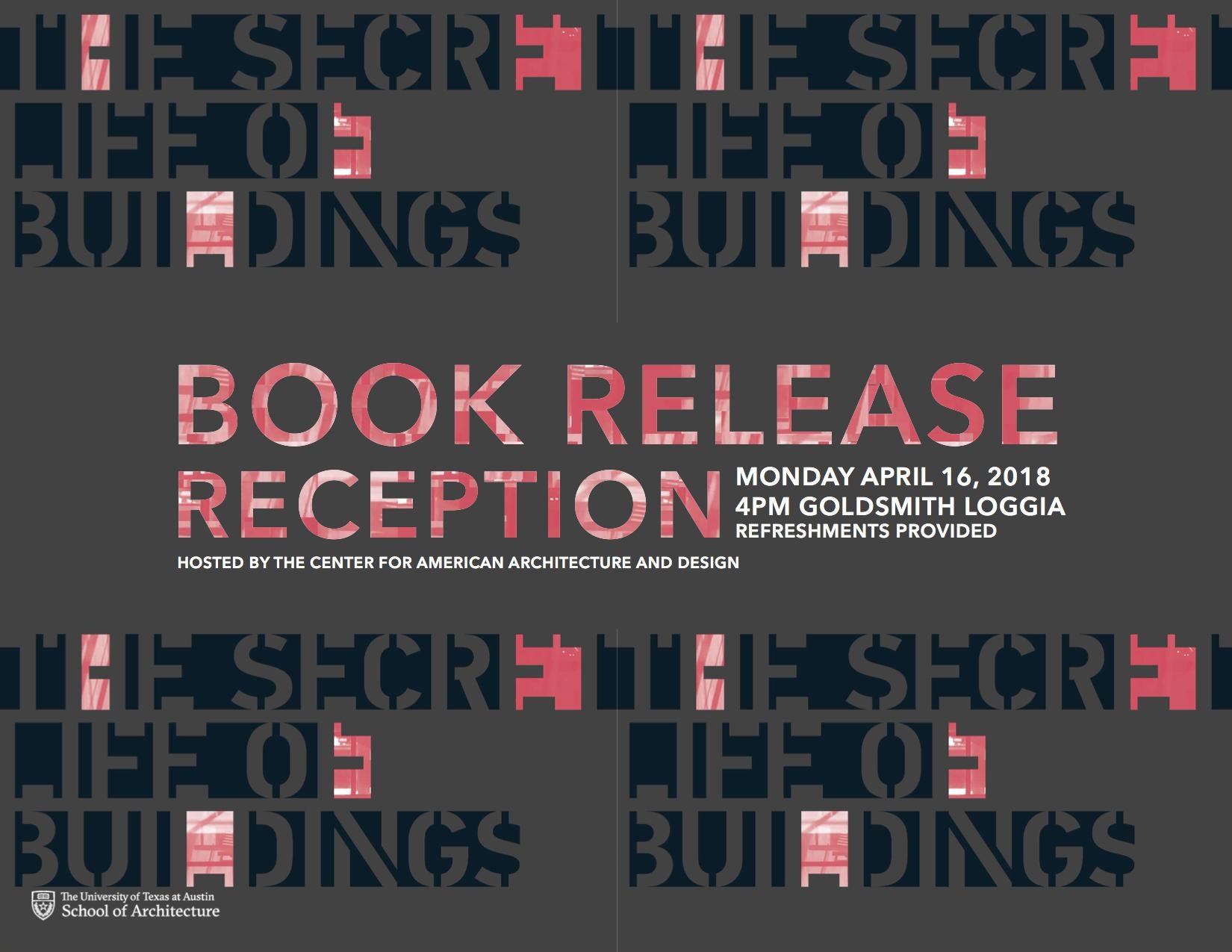
Please join us Monday, April 16th at 4:00pm to celebrate the launch of our new book, CENTER 21: The Secret Life of Buildings, edited by Michael Benedikt and Kory Bieg. All books will be discounted and refreshments will be served.
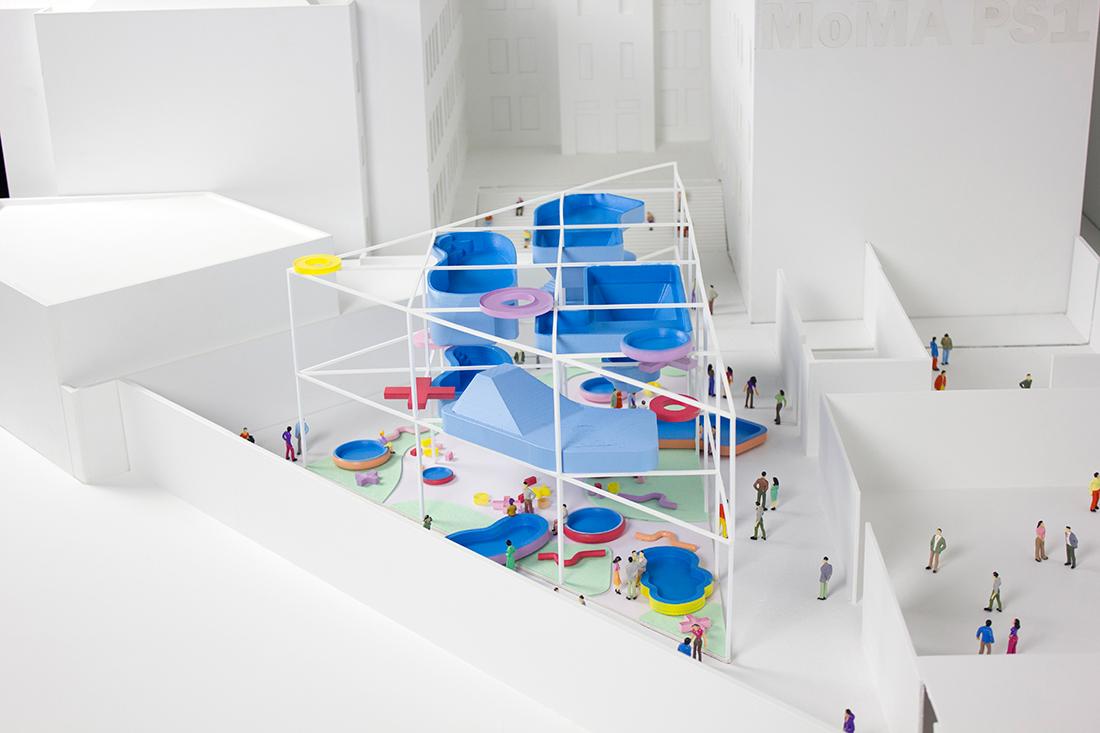
Please note: this lecture has been canceled
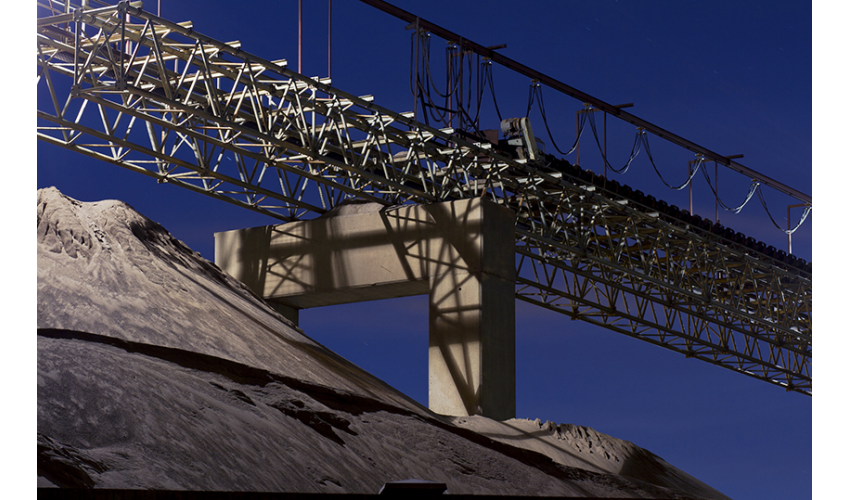
This one hour workshop will explore the powerful automatic settings available on modern digital cameras, and build on participants’ basic knowledge of photography. Digital cameras have simplified many of the most technical parts of photography, but understanding these complex features can be essential to getting the most out of one's camera. Participants will learn about in camera metering systems for properly exposed images, and in camera autofocus systems, enabling the creation of consistently sharp and compelling images.
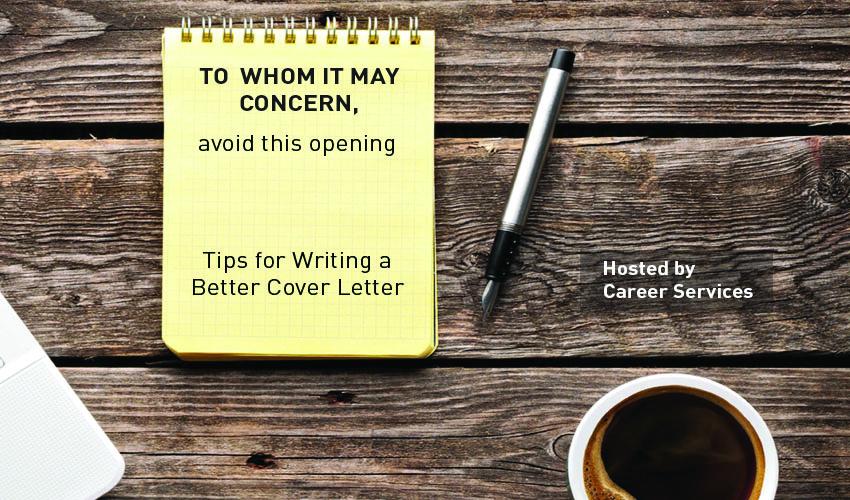
Join UTSOA's Career Services office for a discussion on writing cover letters. Learn how to write a more effective letter in order to stand out from the crowd.
Thursday, April 5 @ 11am
Sutton 3.112 (Blue Chair Room)
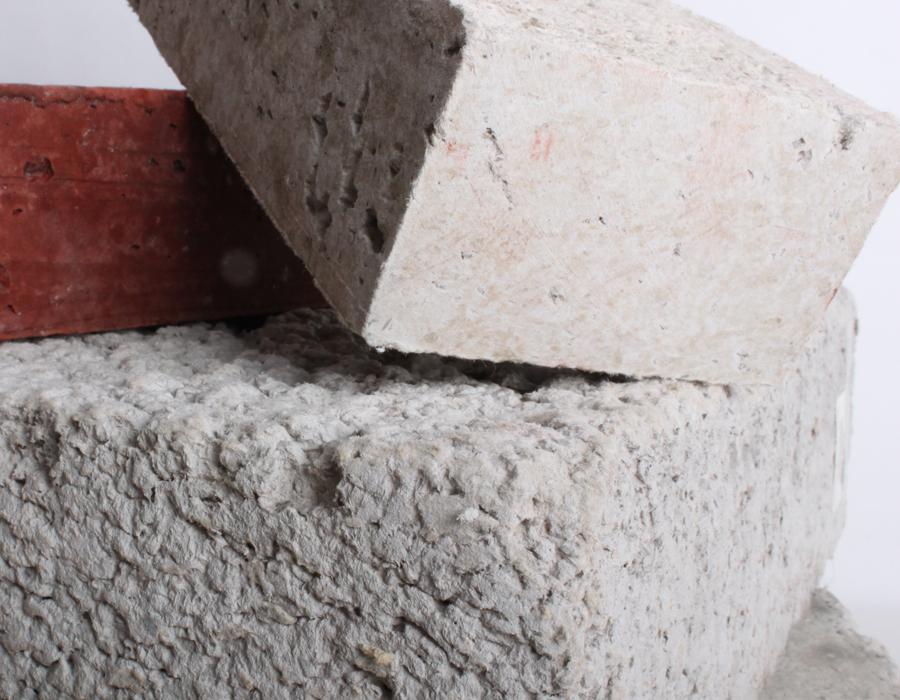
Join us for our final workshop of the semester! We will learn how to up-cycle a local waste material produced on campus to create Papercrete blocks. Participants will work in groups to create a series of test blocks for sample testing, recording observations of the process and lessons learned along the way. The workshop will be led by Zach Rabon, President of Mason Greenstar, and Tim White, of Safe Healthy Homes.

